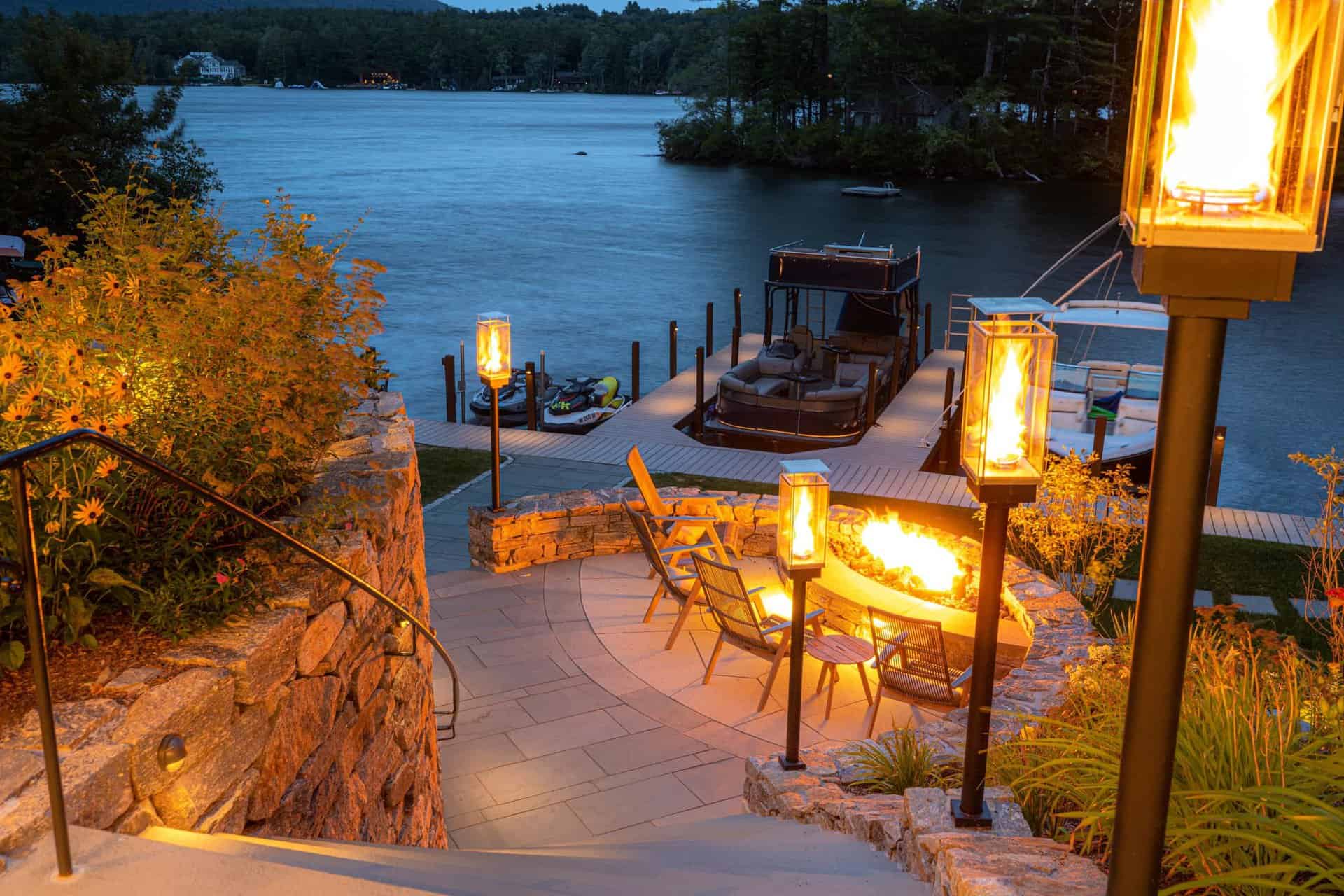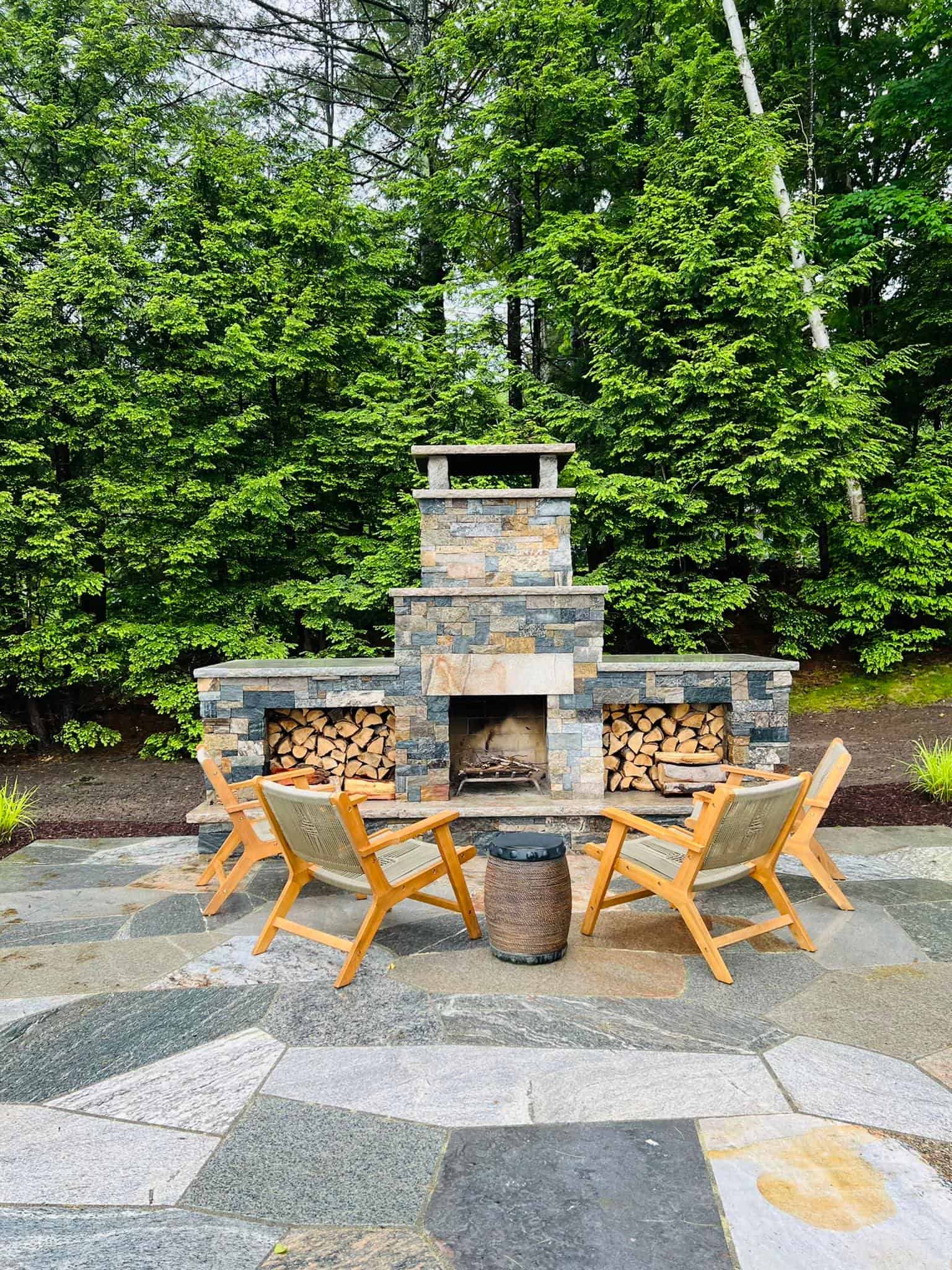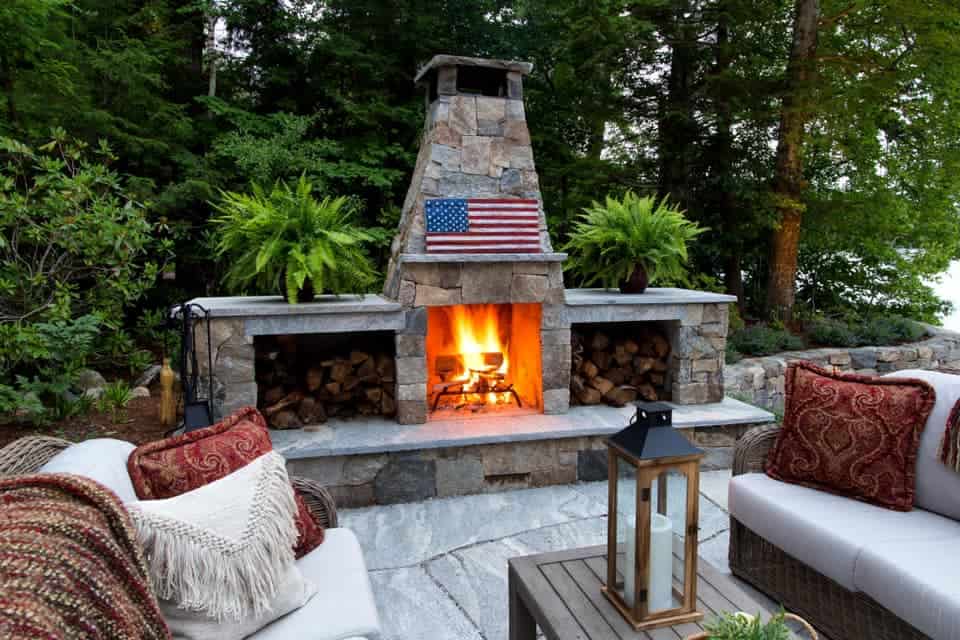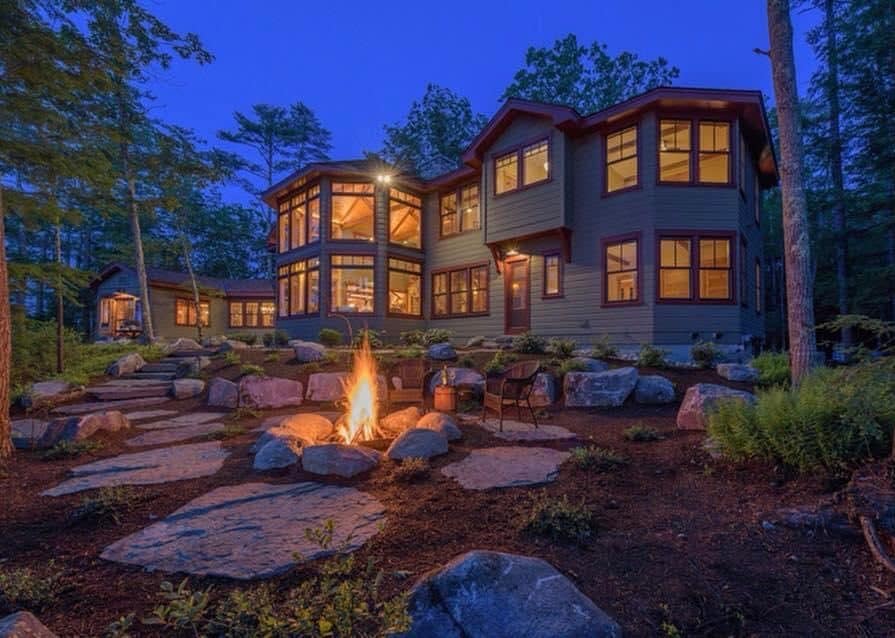Follow Along As Stephens Landscaping Professionals Creates a Stunning Lake Winnipesaukee Landscape
Winter has arrived but there’s no slowing down at Stephens Landscaping Professionals. Although the green season is behind us, we stay active during the colder months with a variety of services and projects, including plowing and snow removal, excavation and sitework, driveway installations, carpentry jobs, and landscape construction projects. One of our major landscape builds this winter is the South Point Project.
Located on Lake Winnipesaukee’s scenic Long Island, the South Point Project will feature an expansive bluestone patio complete with a fire boulder, in-ground spa, and reclaimed stone seating. We’ll also be adding a bluestone driveway, lake-friendly vegetation, and extensive outdoor lighting to accentuate the space during evening hours.
The Process: How to Design and Develop a Lakes Region Landscape
The South Point property is a collaborative effort that has brought together the collective talents and specialties of several businesses and vendors to create a beautiful home for our client. The landscape design was conceptualized by Boston-based Michael D’Angelo Landscape Architecture, while the home is a new build by Jason Drouin Custom Homes of Meredith, New Hampshire. SLP Project Manager Taylor Sperry is overseeing the landscape’s construction.
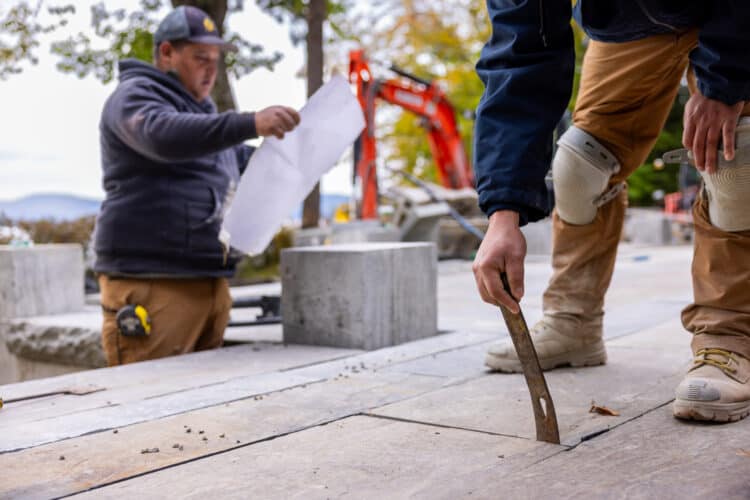
Sitework for this lakeside landscape began in July of 2023, and flatwork, including the patio, driveway, and walkways, will be completed in the spring. SLP has begun phase one of the planting, and will finish phase two before Memorial Day, so that the outdoor space will be ready to enjoy this summer.
Building a Raised Stone Patio
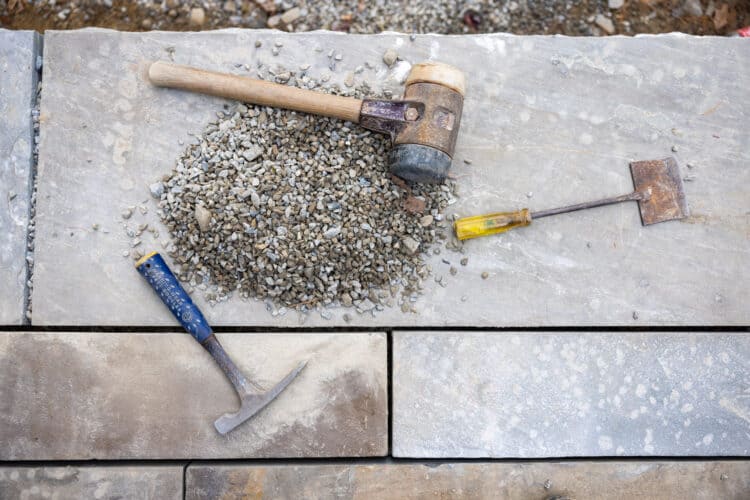
One of the main features of the South Point landscape is a sizable raised bluestone patio. The patio stones are full color, natural cleft bluestone provided by Stone Curators of Massachusetts. The masonry team at Stephens Landscaping Professionals hand-set the stones to highlight the unique color shading in this stone collection.
Bluestone is a sedimentary sandstone that is softer than granite, making it easier to manipulate and incorporate into custom designs. It’s also durable and can handle the freeze-thaw cycles present in the New Hampshire Lakes Region. This, combined with its versatility and extensive style options, makes it a popular choice for patios, walkways, driveways, and other stone features in our area.
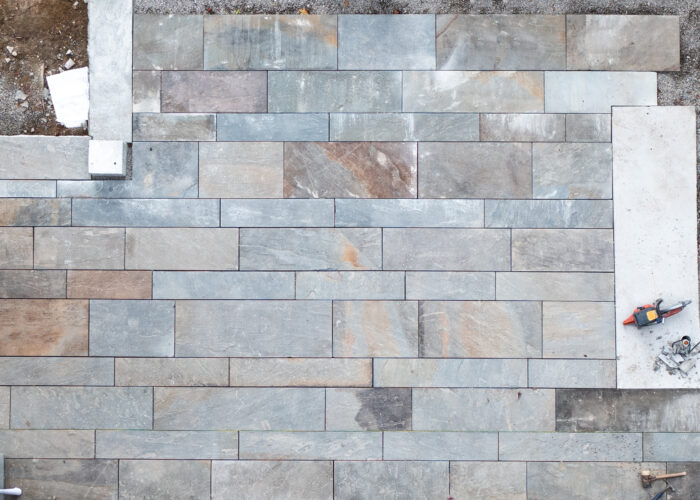
Sustainable Landscaping in New Hampshire
Creating an environmentally-friendly landscape is an essential goal with every project that we work on at Stephens Landscaping Professionals. This not only protects Lake Winnipesaukee and the surrounding eco-system, but ensures your waterfront property meets the permitting requirements that are in place in the Lakes Region.
Here are three key ways we are making The South Point project an eco-friendly landscape:
- Permeable Patios and Walkways – The lakeside patio we built for the South Point Project is permeable, allowing stormwater and snow melt to filter through the pavers and be redirected to proper drainage systems. This also keeps slippery ice from building up on your patio, and protects the stone from moisture damage.
- Lake-Friendly Drainage and Grading – An eco-friendly landscape starts from the ground up with careful planning and sitework. We specialize in effective grading and drainage systems that will improve the longevity of your landscape and prevent runoff from polluting the lake.
- Sustainable Plants – To protect the shoreline, we’ll be planting vegetation that supports local pollinators and mitigates erosion, such as native blueberry bushes.

Stay Tuned to See This Lakeside Landscape Come To Life
The SLP team will be working on the South Point project through the winter months until its completion in the summer. Follow along as we provide updates and photos of our progress!


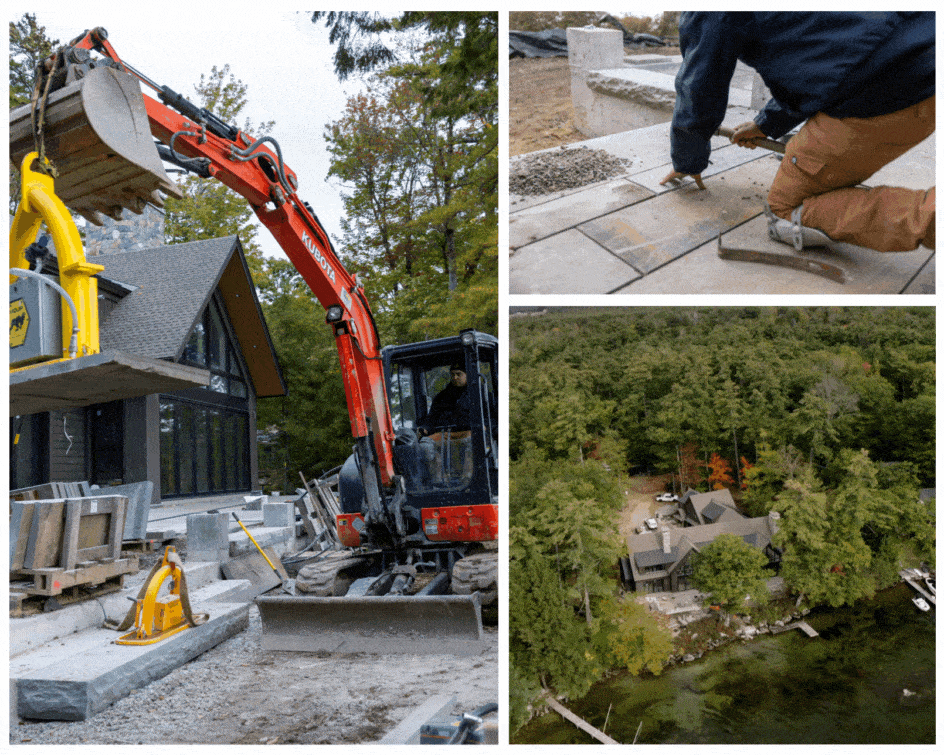



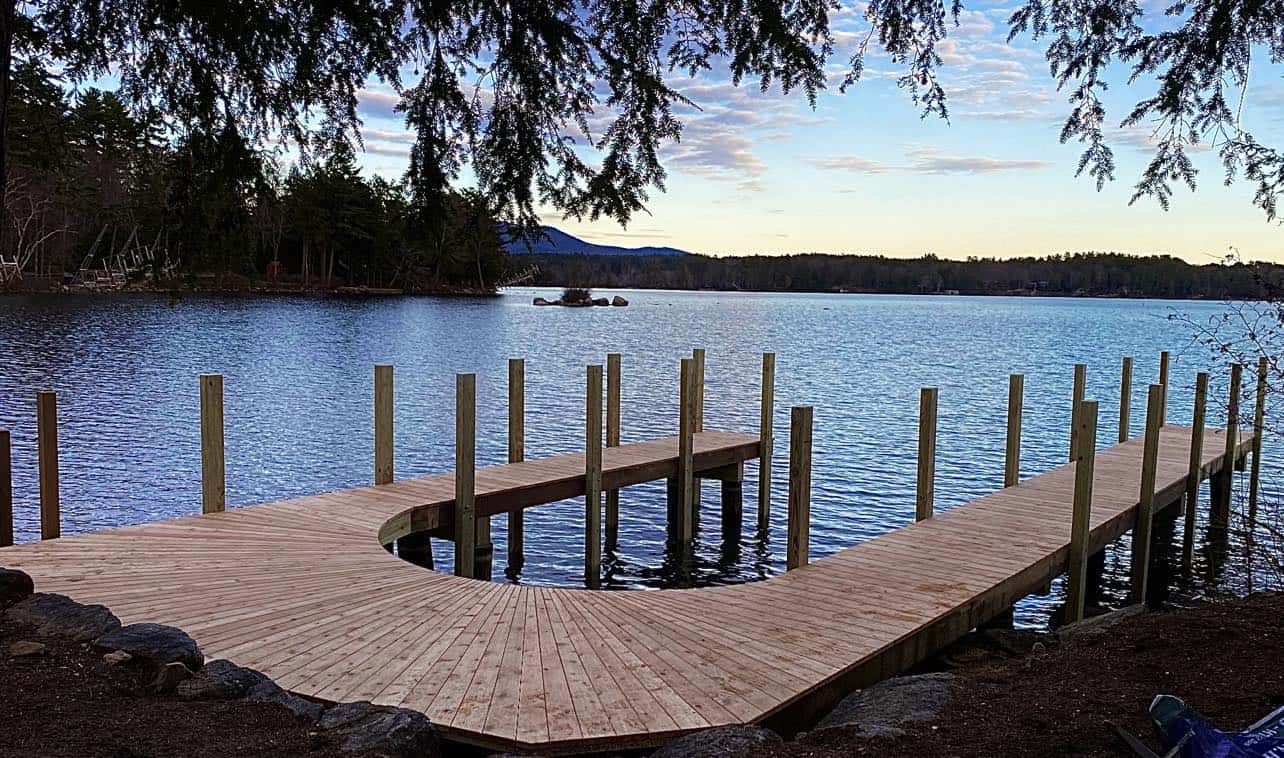
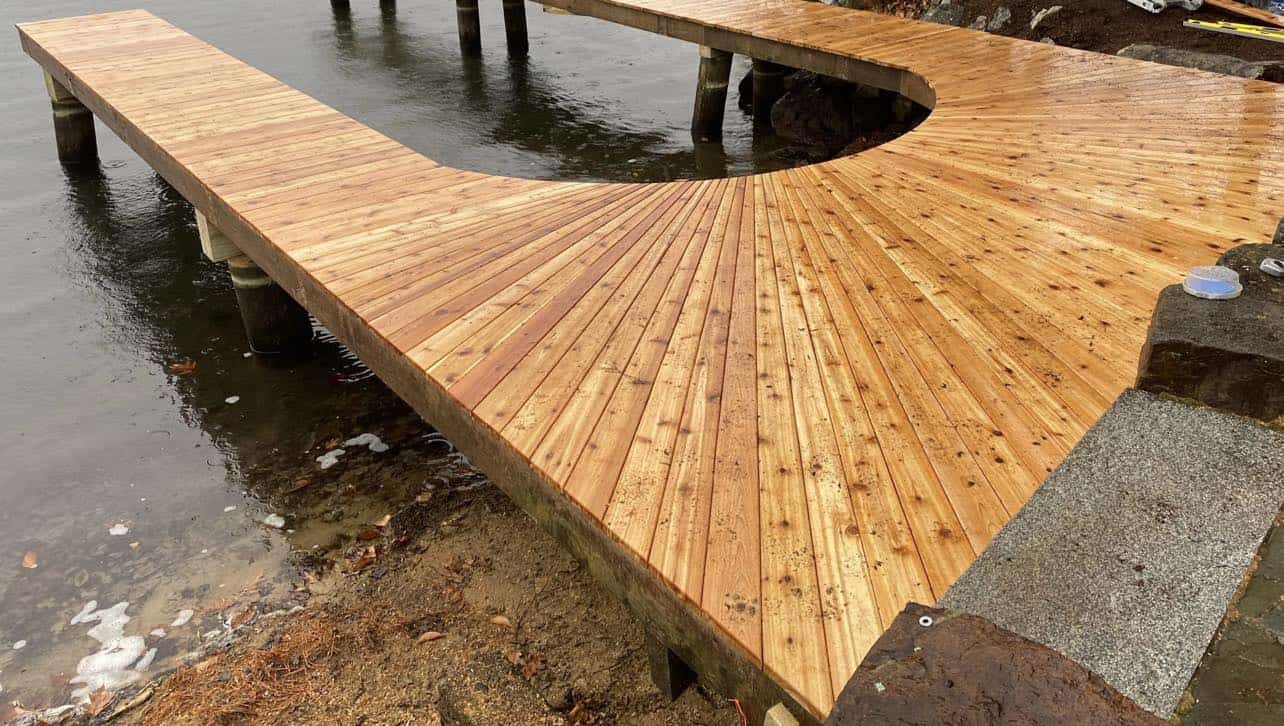
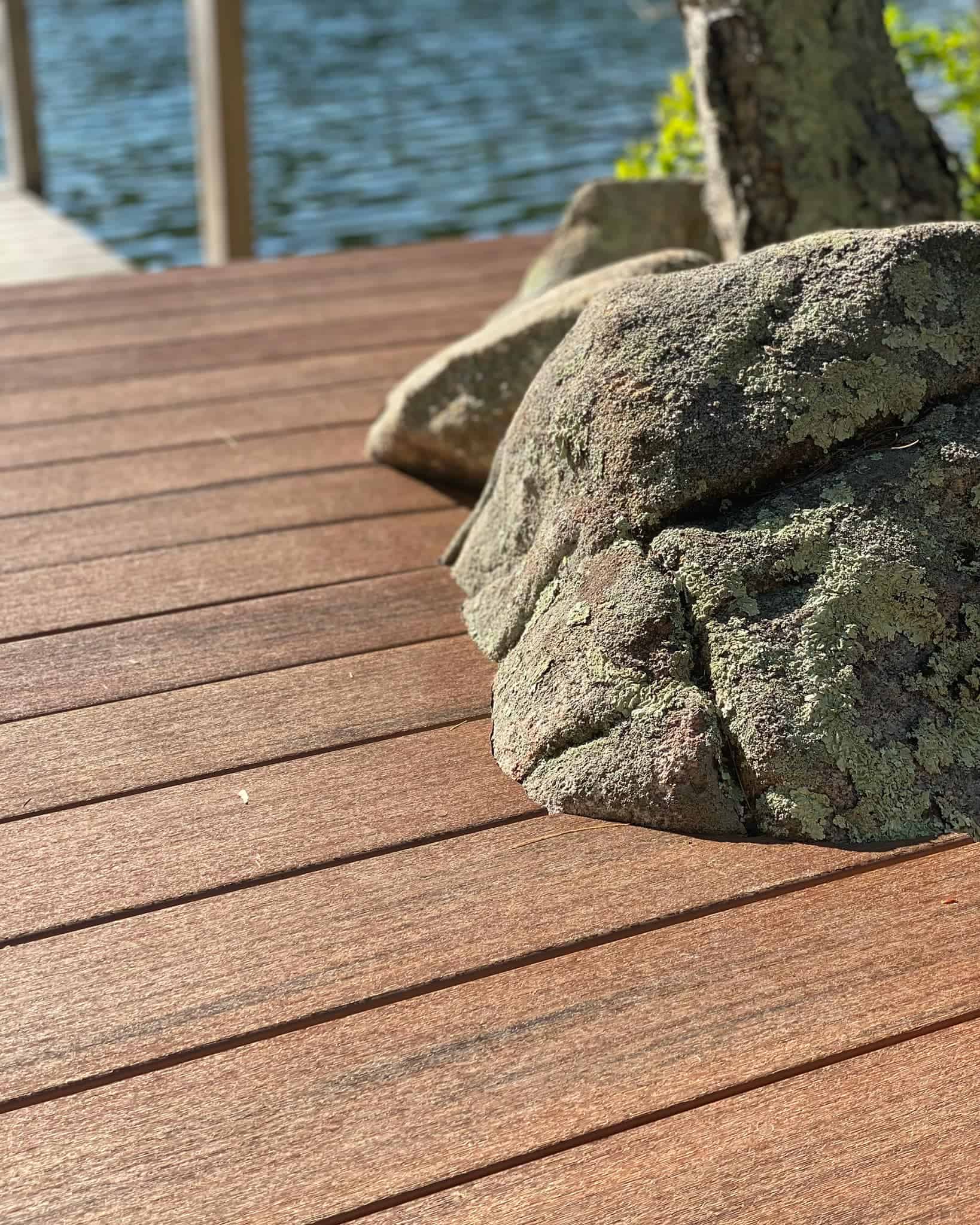
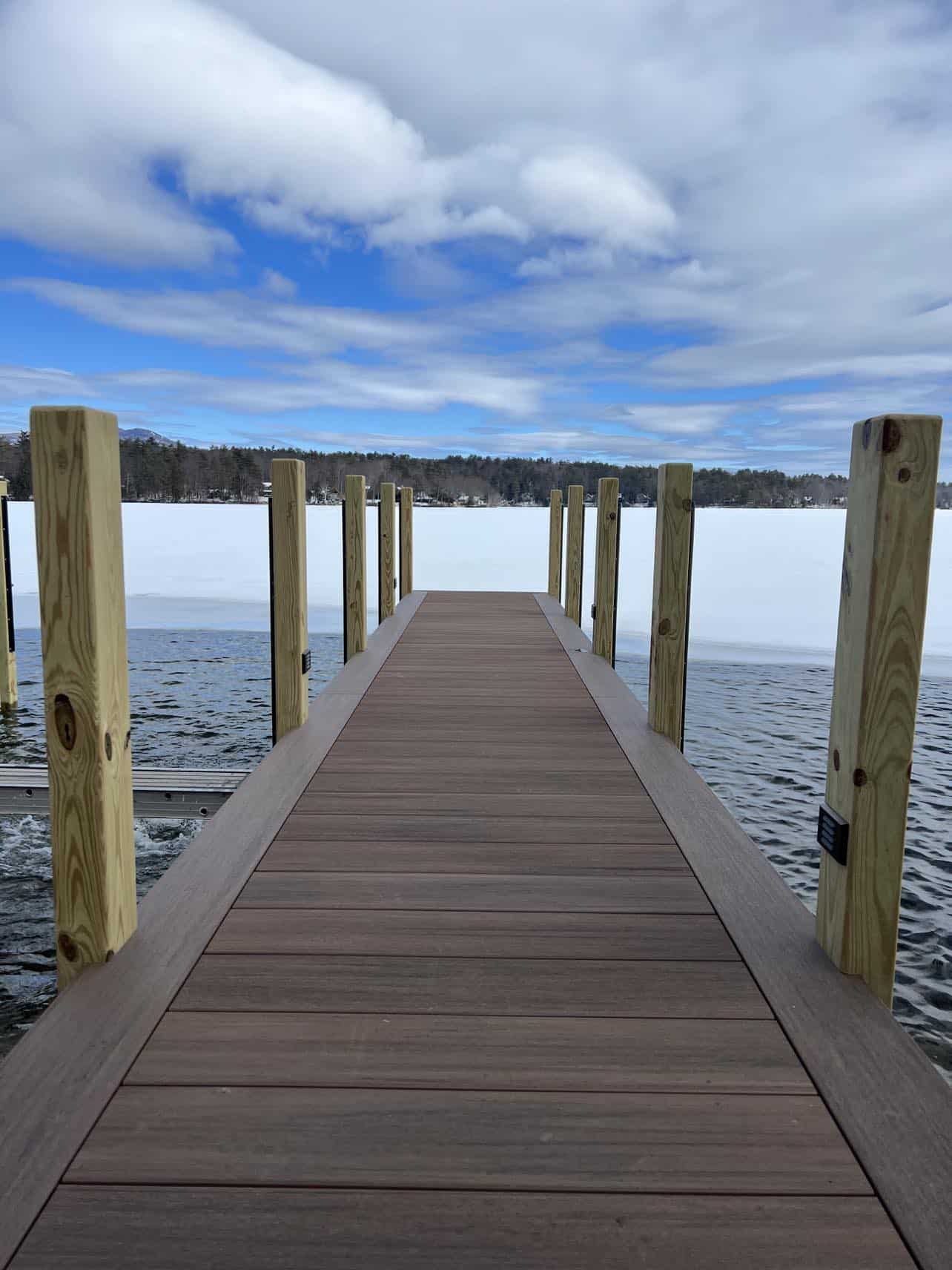
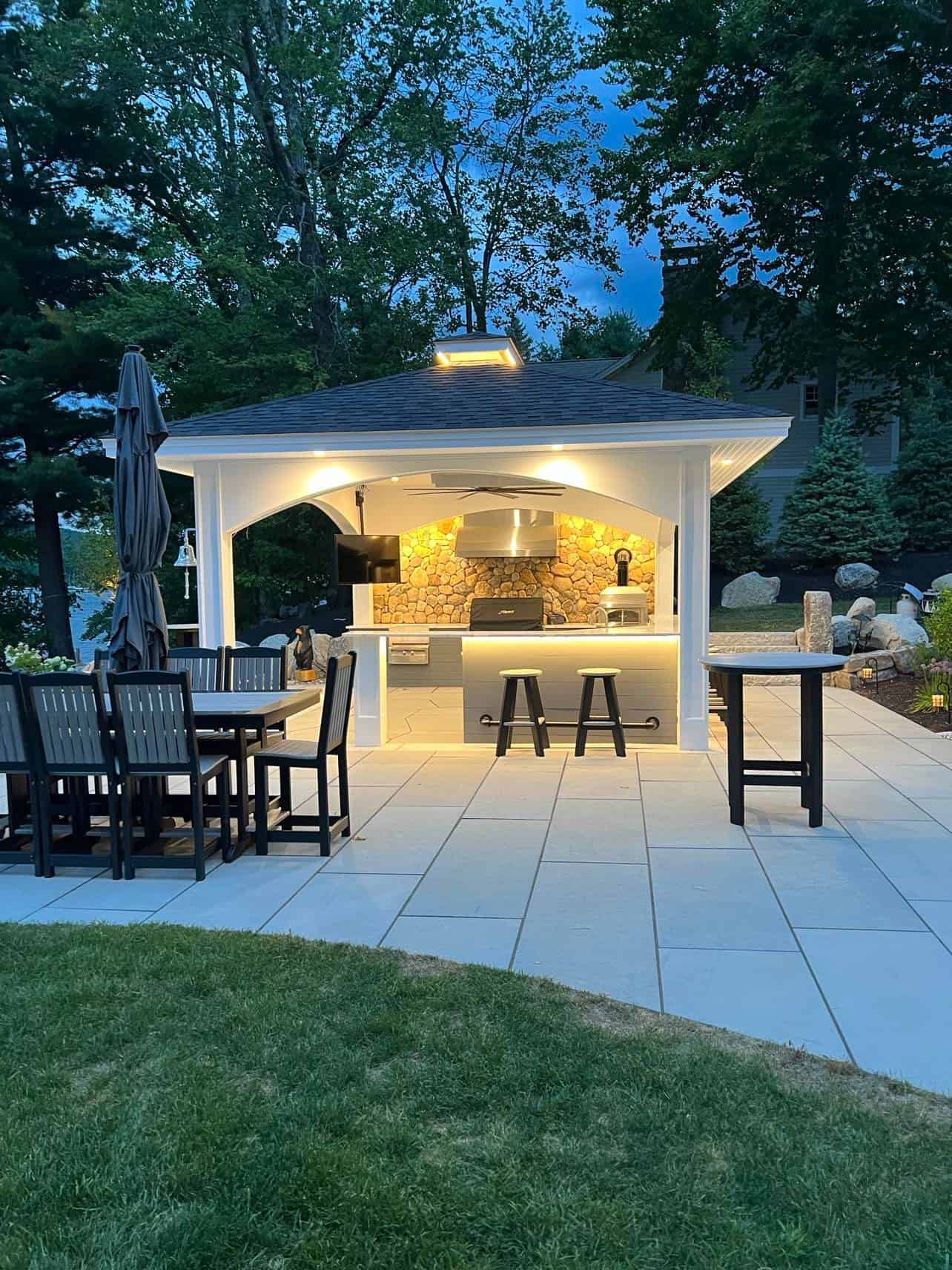
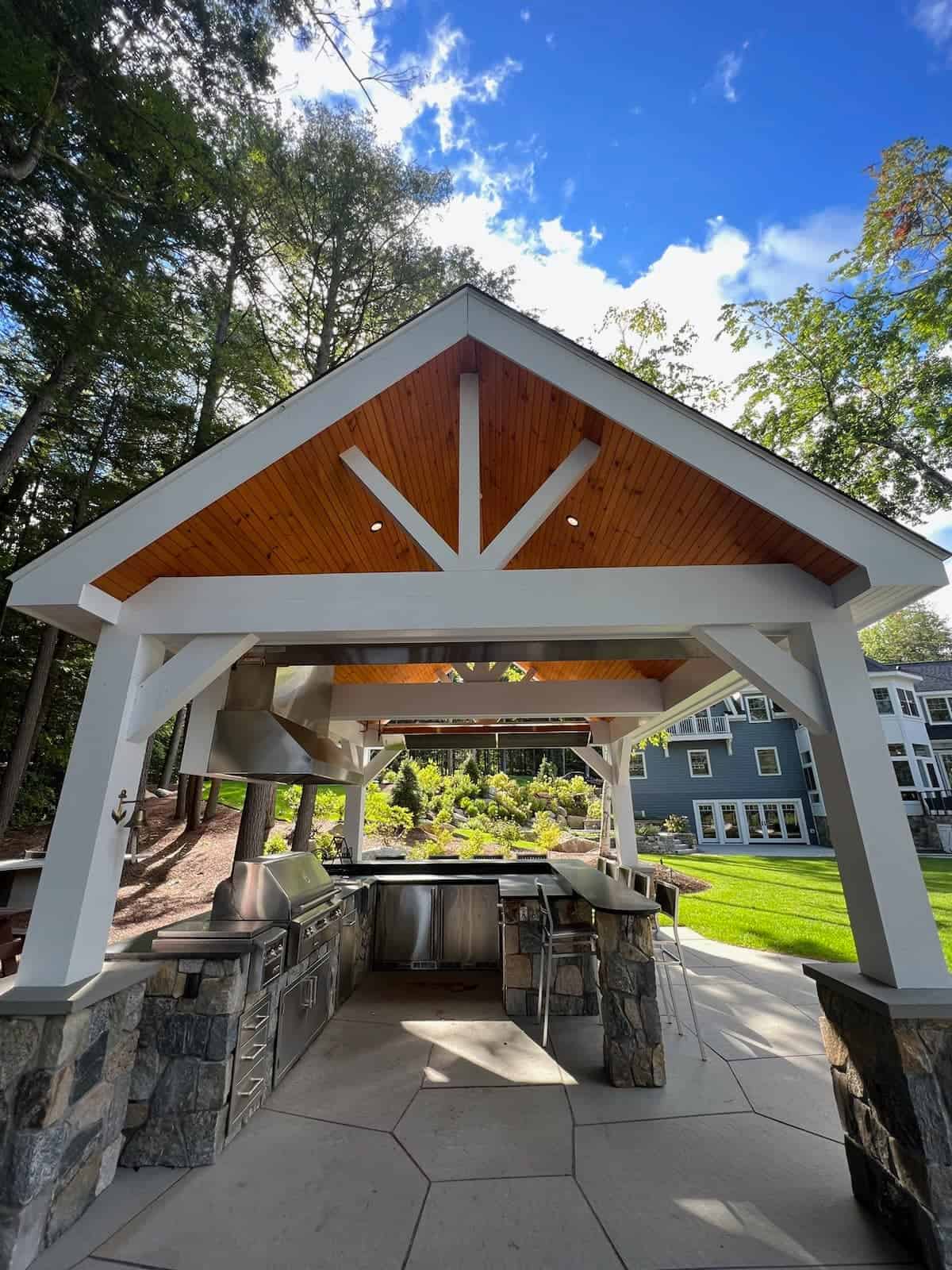
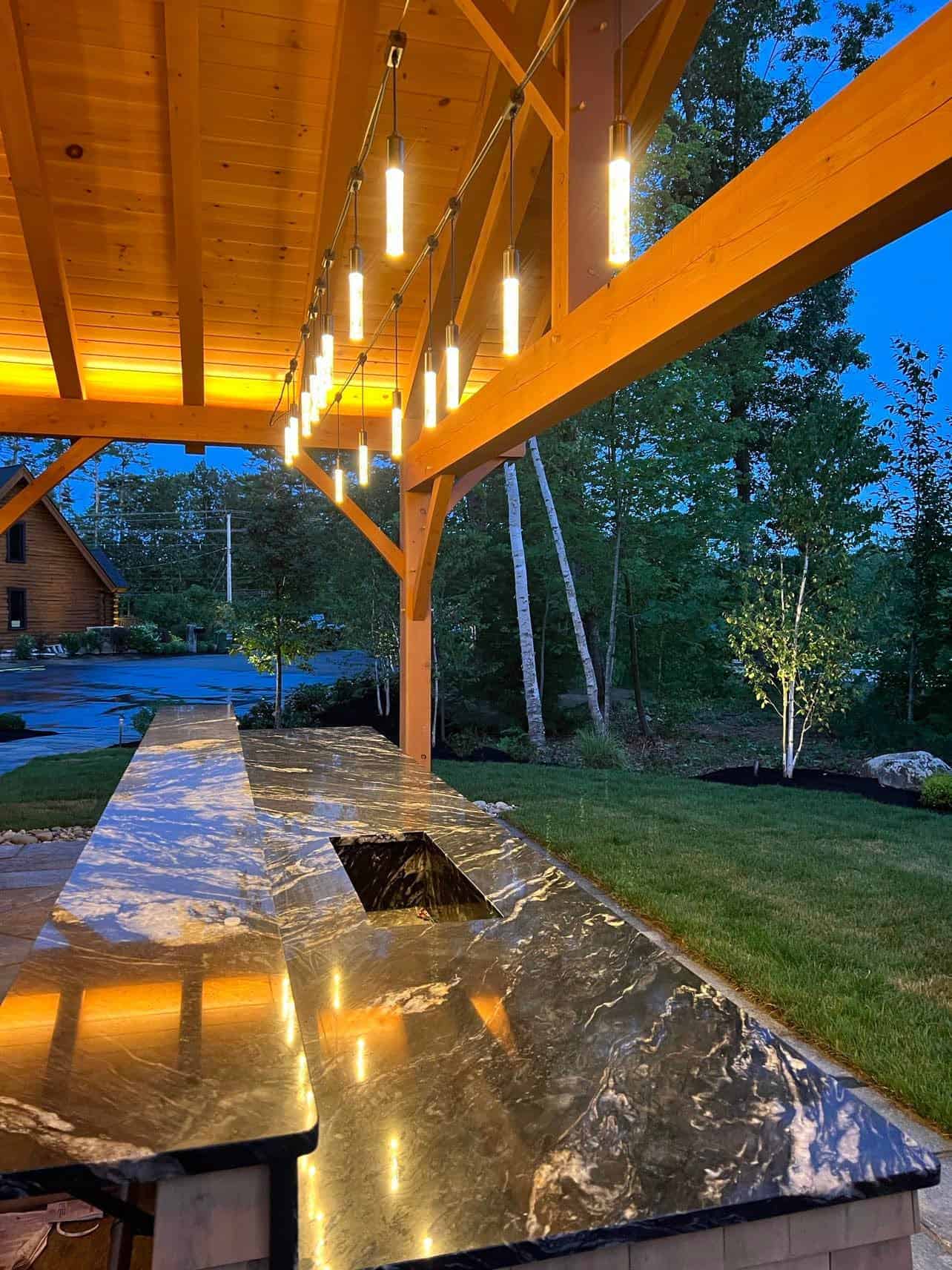
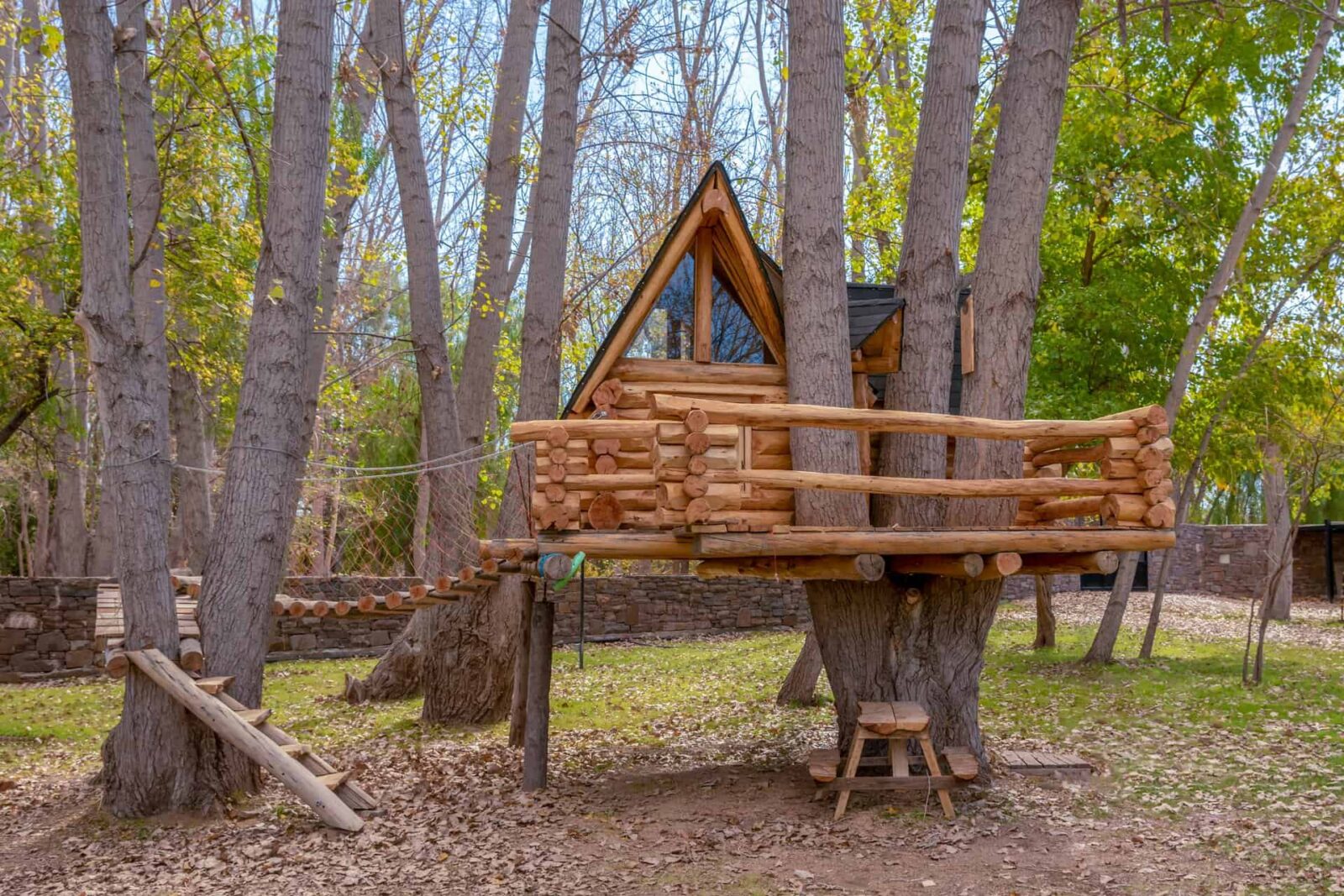 Up in the Treetops
Up in the Treetops